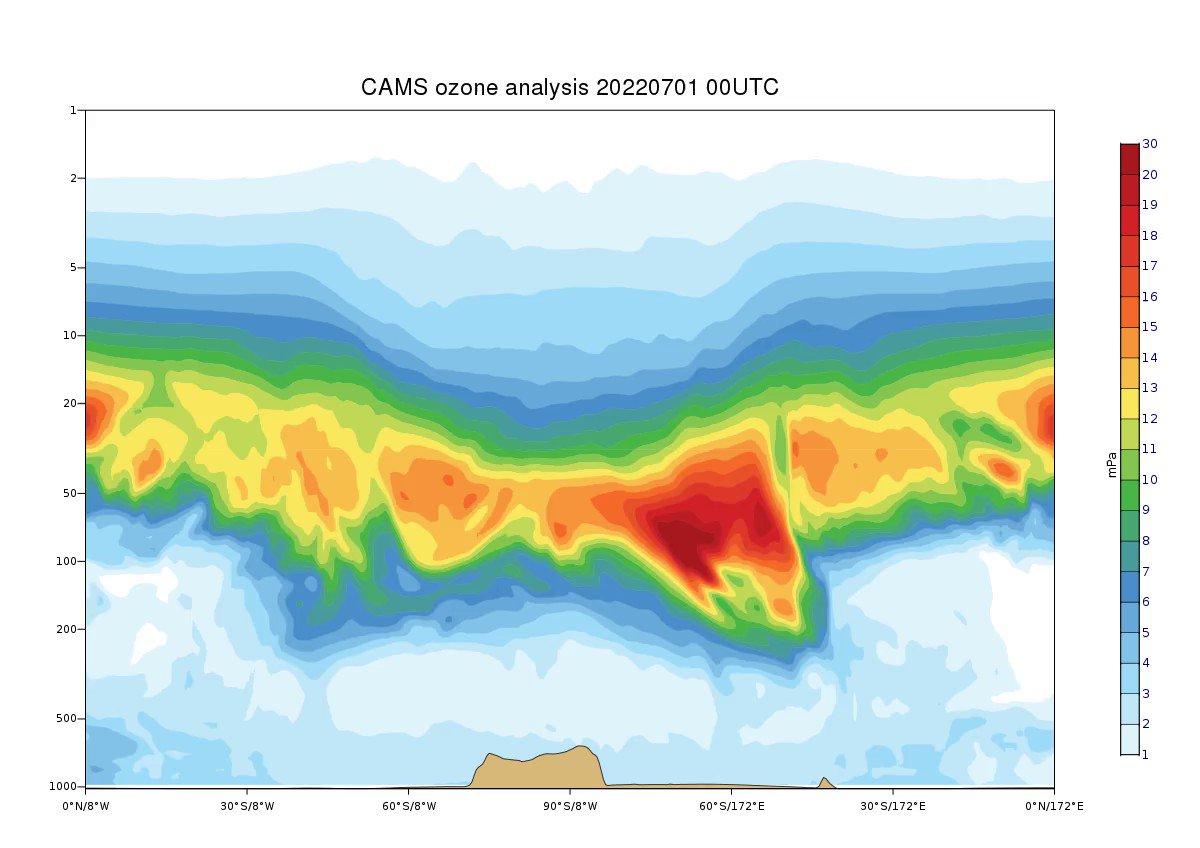The World Meteorological Organization (WMO) has published an updated bulletin on the ozone layer, signaling promising signs of recovery. After a seven-year hiatus, the WMO-Global Atmosphere Watch bulletin has returned to provide the latest information on stratospheric ozone and ultraviolet radiation worldwide. The recovery of the ozone layer is crucial for safeguarding life on Earth from harmful UV radiation and ensuring the health of ecosystems.
The bulletin highlights the importance of monitoring and protecting the ozone layer and provides insights into its recovery progress.
Key Points:
- Ozone Layer Recovery:
- The WMO bulletin reveals strong signs of recovery in the ozone layer, particularly over the Antarctic region.
- The recovery process is expected to be complete in most parts of the atmosphere in the coming decades.
- The Montreal Protocol of 1987, which banned ozone-depleting substances, has played a significant role in the observed recovery.
- As of now, 99% of the production and use of ozone-depleting substances have been phased out.
- Importance of Ozone Layer:
- The ozone layer shields Earth from harmful UV radiation, preventing skin cancer, cataracts, and immune system damage in humans.
- Depletion of the ozone layer also impacts other ecosystems by altering biochemical processes and species growth.
- Role of Monitoring and Research:
- The WMO bulletin emphasizes the need for high-quality measurements of stratospheric ozone and its drivers to understand long-term changes.
- The bulletin replaces previous reports and provides a broader scope by including information on UV radiation and stratospheric ozone worldwide.
- Ozone Layer Status in 2022:
- Observations indicate that the Antarctic ozone hole had a late onset and significant extent and depth in October and November 2022.
- Delayed onset and decreasing early September Ozone Mass Deficits are considered evidence of the ozone layer’s recovery.
- The eruption of the Hunga Tonga-Hunga Ha’apai volcano in January 2022 increased water vapor content in the stratosphere, resulting in less ozone in the lower stratosphere of the southern hemisphere.
- Climate Change Impact:
- The recovery of the ozone layer is being slowed down by climate change, which also affects the lower atmosphere’s climate.
- Ozone depletion contributes to climate change, creating a complex relationship between the two phenomena.
World Meteorological Organization (WMO), key points
The World Meteorological Organization (WMO) is a specialized agency of the United Nations responsible for promoting international cooperation in meteorology, climatology, hydrology, and related fields. Here are some key points about the WMO:
-
Establishment: The WMO was established in 1950 and currently has 193 member states and territories.
- Mission: The mission of the WMO is to facilitate the worldwide exchange of meteorological, climatological, hydrological, and related information and to promote its use in various sectors, including public safety, aviation, agriculture, and environmental protection.
- Weather and Climate Services: The WMO works to improve weather forecasting and climate services through the exchange of data, development of observational and forecasting systems, and coordination of research and training programs.
- Global Observing System: The WMO coordinates a global network of observing systems that collect meteorological and environmental data from various sources, including satellites, weather stations, ocean buoys, and radars.
-
Climate Change: The WMO plays a crucial role in assessing and understanding climate change. It supports international efforts such as the Intergovernmental Panel on Climate Change (IPCC) and provides scientific guidance on climate-related issues.



 Indian Olympic Medal Winners List Till N...
Indian Olympic Medal Winners List Till N...
 Who is the Inventor of the Gramophone?
Who is the Inventor of the Gramophone?
 HS Dhaliwal Appointed New DGP Of Andaman...
HS Dhaliwal Appointed New DGP Of Andaman...
